
Some winters, storms cause tremendous damage to trees in the Danbury area and across Connecticut. Strong winds, ice buildup and heavy snow loads can snap branches and knock trees over.
What should you do if your tree has been damaged by a winter storm?
Assess the Damage
First, inspect the tree to evaluate the extent of storm damage.
If the damage is only minor, such as broken twigs and maybe one or two small branches, then there’s no need for immediate action. Wait until the storm has passed and major clean-up has been completed. At that point it will probably take only a little pruning to restore the tree to its normal shape.
Moderate damage to the tree usually involves larger broken branches. If they’ve fallen from the tree you can remove the debris (but look up first to make sure there’s nothing else hanging above you). Branches that are still hanging from the tree can be incredibly dangerous and should be tackled only by an arborist with the training and specialized equipment to do it safely.
More severe damage, such as a split crotch or trunk, or a downed tree, is always reason to call in the professionals. Keep in mind that if you know the tree is damaged, you’re liable for any damage (to people or property) caused by that tree or branch down the road, so dealing with it quickly is the best option.
If the tree poses an immediate danger, such as if it’s leaning on your house, call us right away.
WARNING – If the tree has hit a power line, do not go near it! Call the power company and a certified arborist right away.
Evaluate Your Options

A hanging branch like this poses a major safety hazard.
Once you’ve assessed the level of damage to your tree, you’ll need to decide what to do about it.
Minor damage requires little work to restore a tree to full health and beauty. But more extensive damage raises issues of cost, safety, appearance, value and long-term health of the tree. Not all damaged trees can be saved, and others probably should not be. A professional arborist can help you determine the best course of action for a damaged tree.
Some things a tree care professional will discuss with you when deciding whether or not to remove a damaged tree include:
- How susceptible the tree species is to pests and disease
- Whether the tree is nearing the end of its normal lifespan
- How healthy the tree was before it was damaged
- The role it plays in your landscape (e.g., shade, screening) and whether it’s still able to do that after the damage has been corrected
- How vulnerable the tree will be to future storm damage and how much damage it would cause if it fails
- Whether it has sentimental or historic value
Bring in the Professionals
Dealing with a storm-damaged tree is not a job for the weekend warrior. Stress loads cause the tree to react in unexpected and often dangerous ways, and simple tree removal techniques may not be appropriate.
Look for an ISA Certified Arborist with the training and specialized equipment to safely and efficiently remove trees that have been damaged or toppled by winter storms.














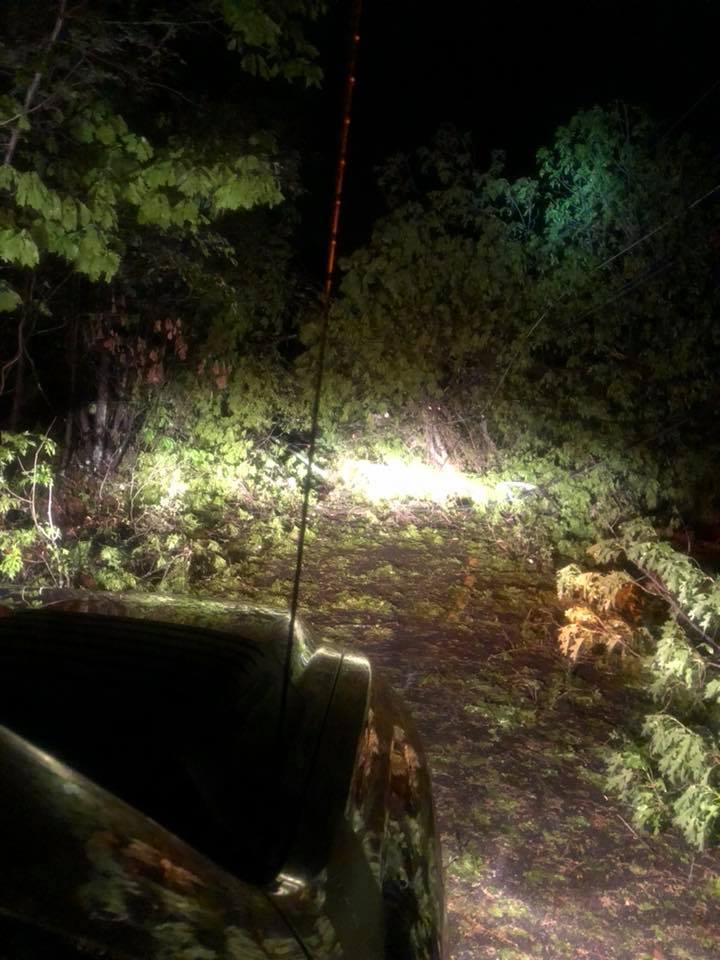



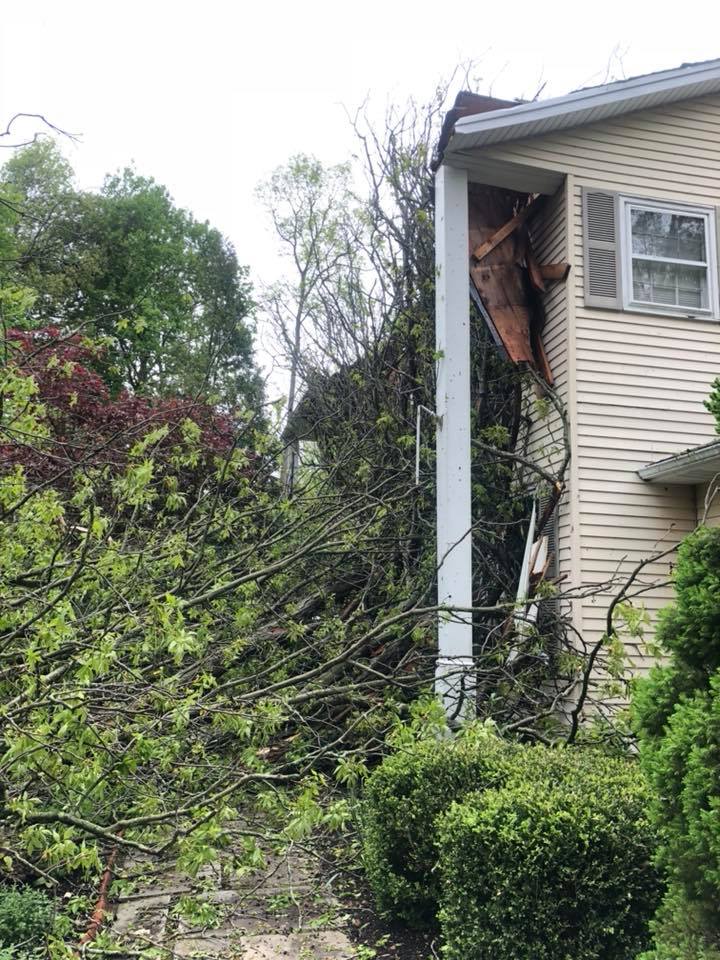








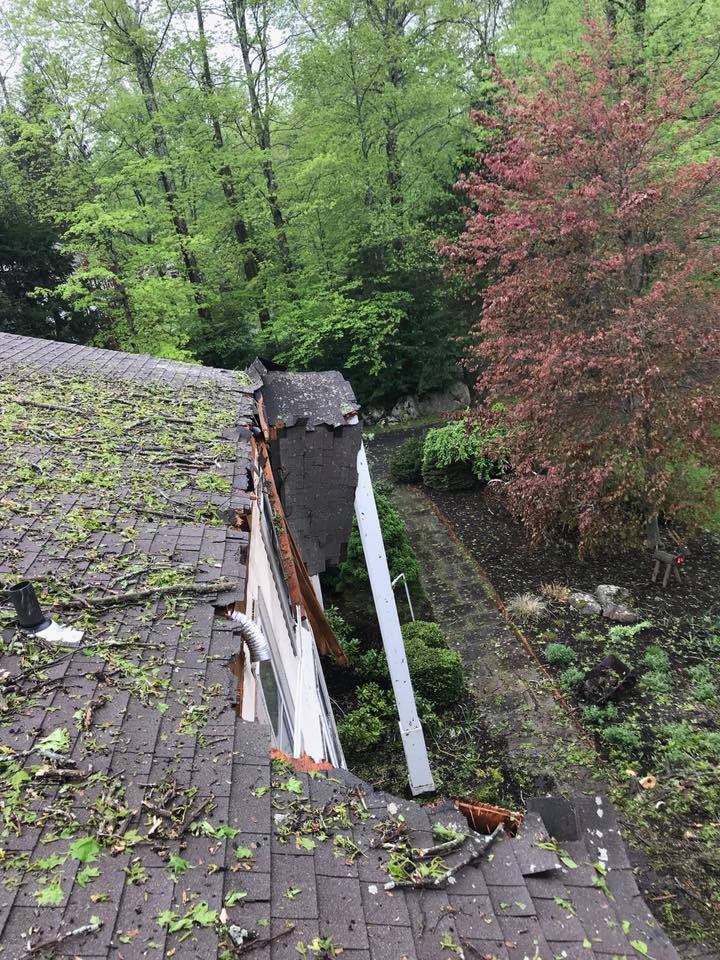


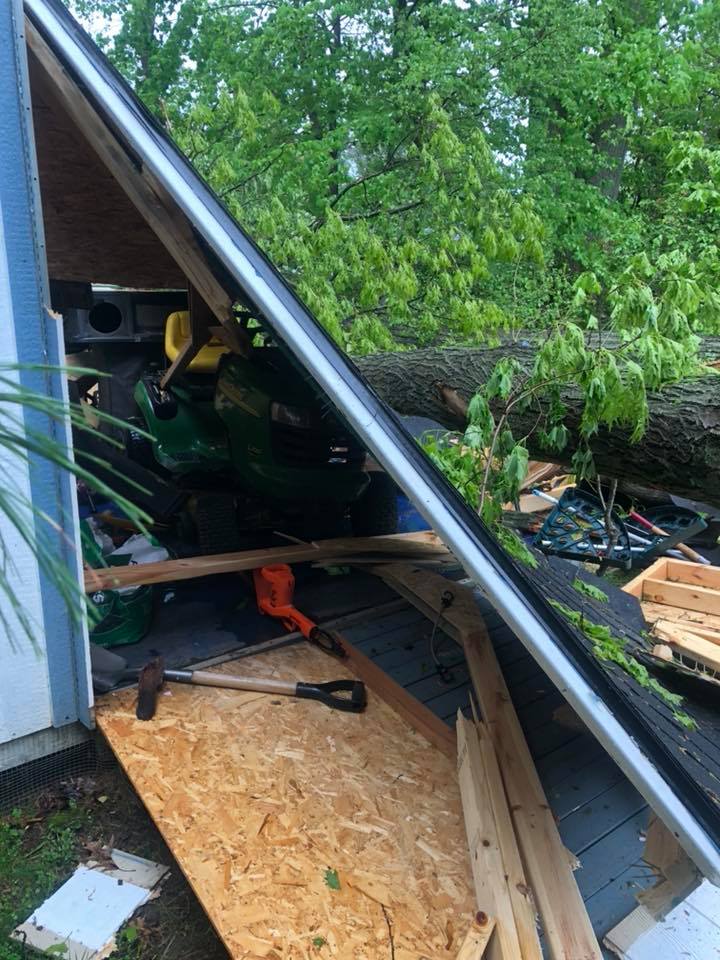


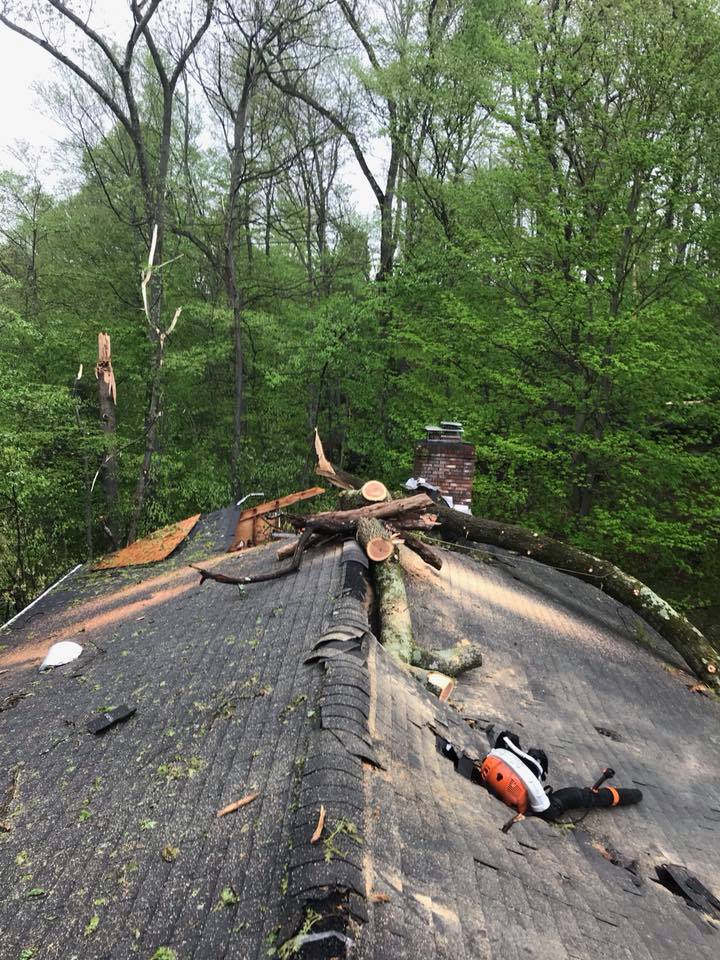








 If there are deer in your neighborhood then they’ve probably stopped by your property to feed. As deer populations increase in Connecticut, more and more homeowners are faced with the problem of trying to keep them away from landscape plants, especially in winter when there’s little other food available to hungry deer.
If there are deer in your neighborhood then they’ve probably stopped by your property to feed. As deer populations increase in Connecticut, more and more homeowners are faced with the problem of trying to keep them away from landscape plants, especially in winter when there’s little other food available to hungry deer.

 Question: We’ve had a lot of snow this winter and it’s piled up along the drive and walkway. Are all these snow banks going to damage my trees and shrubs?
Question: We’ve had a lot of snow this winter and it’s piled up along the drive and walkway. Are all these snow banks going to damage my trees and shrubs? Steps You Can Take to Protect Your Landscape
Steps You Can Take to Protect Your Landscape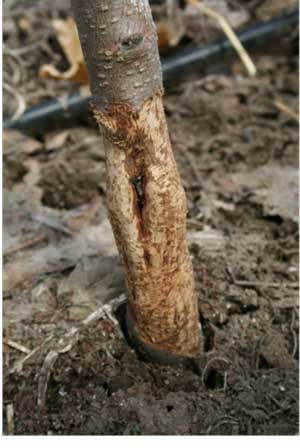
 Question: My trees make all kinds of popping and cracking sounds during really cold winter weather. What’s all that racket??
Question: My trees make all kinds of popping and cracking sounds during really cold winter weather. What’s all that racket?? Here in Connecticut we face a whole range of threats to our trees and shrubs during winter, both from the weather itself and from animal pests. Here are just a few of the things that can injure your plants during the cold months of winter:
Here in Connecticut we face a whole range of threats to our trees and shrubs during winter, both from the weather itself and from animal pests. Here are just a few of the things that can injure your plants during the cold months of winter:






